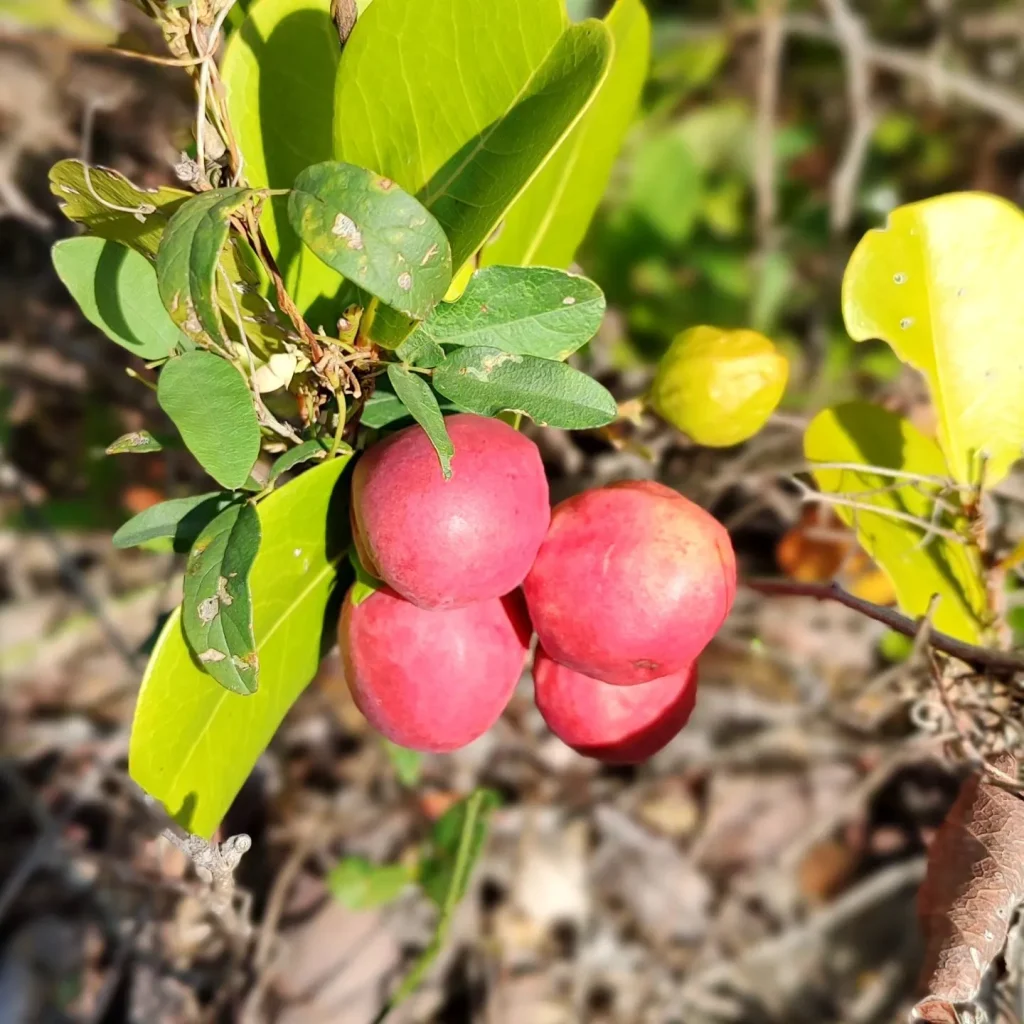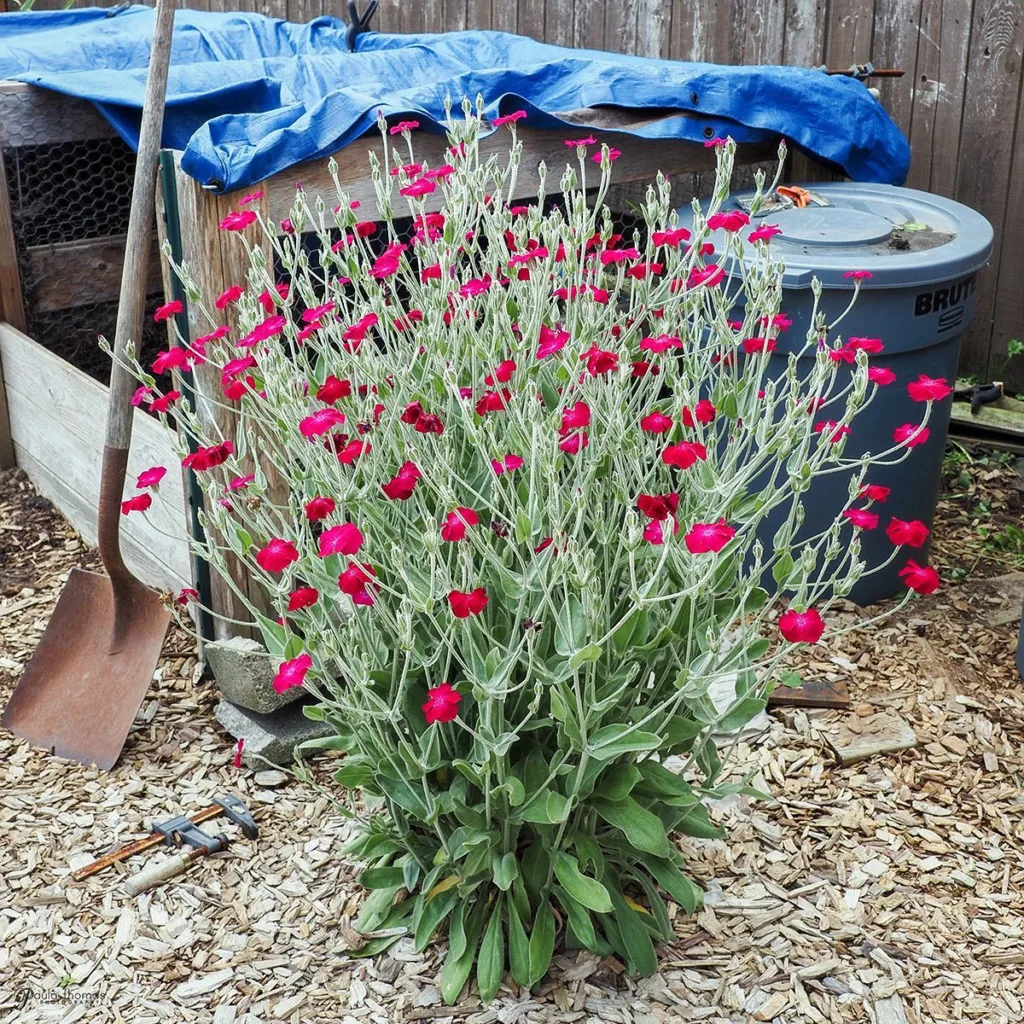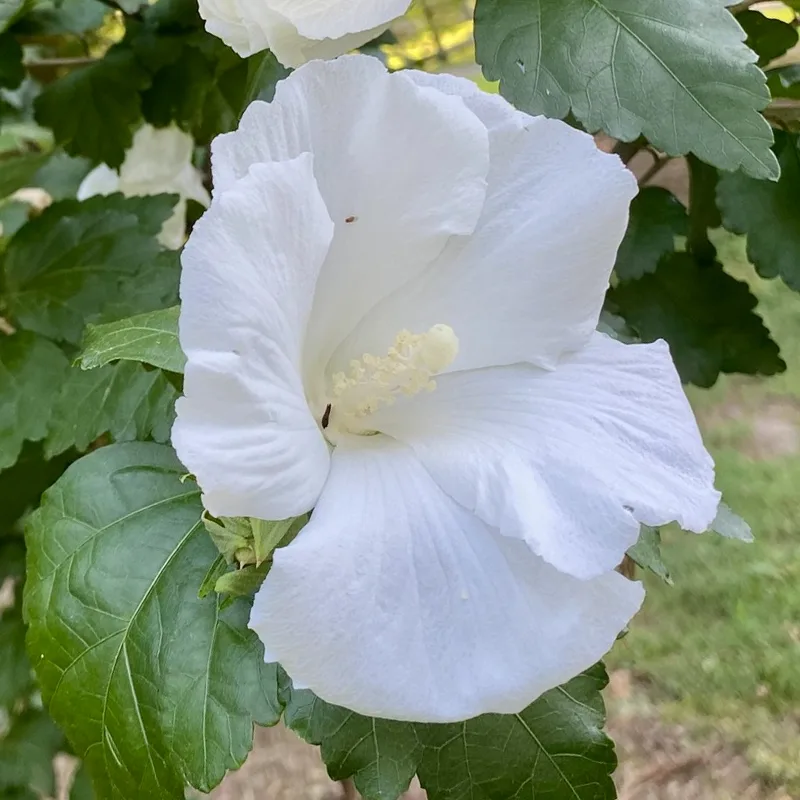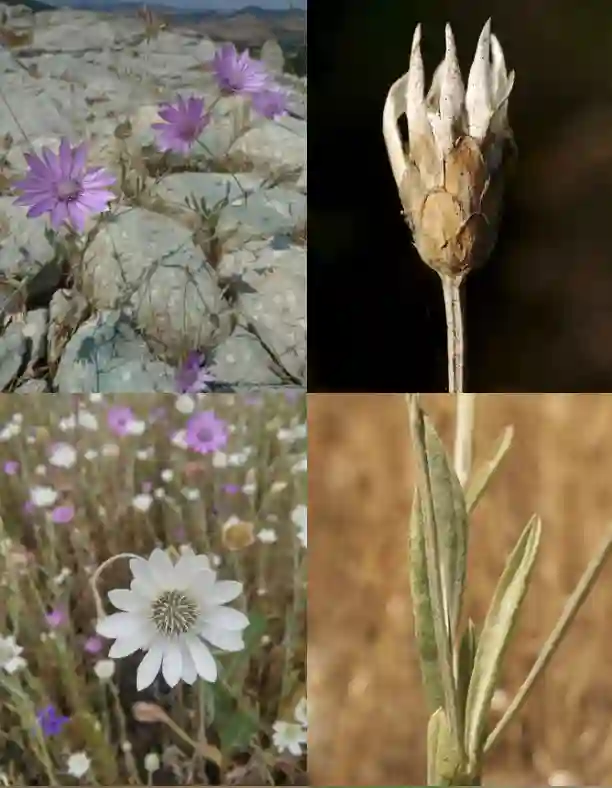
All About Cherry Trees: A Gardener’s Guide
Cherry trees have captivated hearts for centuries with their delicate blossoms and delicious fruits. Whether you dream of springtime adorned with a canopy of pink or yearn for homegrown cherries, these beauties can grace your garden. But before you rush out and buy a sapling, here’s a breakdown of everything you need to know about cherry trees.
What is a Cherry Tree?
A cherry tree belongs to the genus Prunus, a diverse group encompassing plums, peaches, and apricots. There are two main types of cherry trees:
- Sweet cherry trees: These varieties produce the large, juicy cherries we enjoy eating fresh or in pies.
- Tart cherry trees: These trees bear smaller, more acidic cherries perfect for jams and jellies.
Beyond their fruit, cherry trees are prized for their ornamental value. Many varieties boast stunning springtime blooms in shades of white, pink, and even red.
How to Care for a Cherry Tree?
Cherry trees are relatively low-maintenance, but proper care ensures a healthy and productive tree. Here’s the basic routine:
- Sunlight: Choose a location with at least 6-8 hours of direct sunlight daily.
- Soil: Cherry trees prefer well-drained, slightly acidic soil. Amend your soil if necessary to achieve the right pH level.
- Watering: Water your cherry tree regularly, especially during its first few years and during hot, dry spells. However, avoid overwatering, which can lead to root rot.
- Fertilization: Fertilize your cherry tree in early spring with a balanced fertilizer formulated for fruit trees.
- Pruning: Prune your cherry tree regularly to maintain its shape, encourage fruit production, and improve air circulation.
Now, let’s delve deeper into some specific questions you might have about cherry trees:
How to Plant a Cherry Tree?
Planting a cherry tree is a straightforward process. Here’s a quick guide:
- Choose a location that meets the sun and soil requirements mentioned earlier.
- Dig a hole twice the diameter of the root ball and slightly deeper.
- Carefully remove the tree from its container and loosen any tightly bound roots.
- Place the tree in the hole, ensuring the root flare (the area where the trunk widens) sits slightly above the soil level.
- Backfill the hole with the removed soil, tamping it down gently to eliminate air pockets.
- Water the tree thoroughly.
Tip: Consider staking your young tree for the first year or two to provide support.
How Big is a Cherry Tree?
The mature size of a cherry tree depends on the variety. Sweet cherry trees typically reach heights of 25-35 feet, while tart cherry trees are generally smaller, maturing at 15-20 feet. Dwarf cherry trees, perfect for smaller gardens, only grow to around 8-10 feet.
Can a Cherry Tree Grow in Florida?
While cherry trees prefer cooler climates, some varieties can thrive in Florida’s warm winters. Look for heat-tolerant cultivars like ‘Celeste’ or ‘Vanderweyen’ sweet cherry and ‘Montmorency’ tart cherry.
What Do Cherry Tree Leaves Look Like?
Cherry tree leaves are simple, oval-shaped with pointed tips and serrated edges. They emerge a fresh green in spring, turning golden yellow or reddish-orange in fall before dropping.
Can You Grow a Cherry Tree in a Pot?
Yes, you can grow certain dwarf cherry tree varieties in a large pot on a sunny balcony or patio. Ensure the pot has drainage holes and choose a potting mix formulated for fruit trees. Regular watering and fertilization are crucial for container-grown cherry trees.
What Do Cherry Tree Seedlings Look Like?
Cherry tree seedlings are delicate, with thin stems and small, simple leaves that resemble the mature leaves but in a miniature version.
When is the Best Time to Plant a Cherry Tree?
The best time to plant a cherry tree depends on your climate. In colder regions with harsh winters, plant your tree in late fall or early winter while the tree is dormant. In warmer climates, opt for early spring planting.
How Deep to Plant a Cherry Tree?
Plant your cherry tree so that the root flare sits slightly above the soil level. Avoid burying the trunk, as this can hinder airflow and promote disease.
How Many Cherries Does the Average Cherry Tree Have?
The number of cherries a tree produces depends on its age, variety, and growing conditions. A mature sweet cherry tree can yield hundreds of cherries in a good year, while tart cherry trees tend to be more prolific, producing upwards of several thousand cherries each season.
How to Propagate a Cherry Tree?
There are two main methods for propagating cherry trees:
- Seed propagation: This method is slower and less reliable than vegetative propagation, as seedlings may not bear fruit identical to the parent tree. However, it’s a fun experiment for patient gardeners. Here’s a basic approach:
- Collect ripe cherries and remove the pits.
- Clean the pits thoroughly and dry them completely.
- Stratify the pits for several months in moist sand kept cool (around 40°F). This mimics the natural winter chilling period.
- Sow the stratified pits in pots filled with well-draining potting mix in early spring.
- Keep the soil moist but not soggy and provide adequate sunlight.
- Germination can take several weeks or even months. Once seedlings emerge, care for them like young cherry trees.
- Vegetative propagation: This method involves taking cuttings from a mature tree and encouraging them to root, producing an offspring genetically identical to the parent. It’s a more reliable way to ensure your new tree bears the desired fruit. However, it requires some skill and practice.
Note: Vegetative propagation methods like grafting are more advanced techniques. Research the specific method suited to your cherry tree variety before attempting it.
Why is My Cherry Tree Dying?
Several factors can contribute to a dying cherry tree. Here are some common culprits:
- Improper planting: Planting too deep, inadequate drainage, or nutrient deficiencies can weaken the tree.
- Disease: Fungal diseases like leaf spot or bacterial canker can damage the tree.
- Pests: Insects like aphids or borers can infest the tree, causing damage and weakening its health.
- Environmental stress: Drought, extreme temperatures, or sudden changes in weather can stress the tree.
If you suspect your cherry tree is dying, consult a local nursery or arborist for diagnosis and treatment recommendations.
Can Goats Eat Cherry Tree Leaves?
Goats can technically eat cherry tree leaves, but it’s not advisable. Cherry tree leaves contain small amounts of cyanide, which can be toxic to animals in large quantities. While healthy goats might not be immediately affected by occasional nibbling, it’s best to avoid letting them graze on cherry trees.
Conclusion:
Cherry trees are beautiful additions to any landscape, offering both aesthetic appeal and delicious fruit. With proper care and knowledge, you can cultivate a thriving cherry tree that will reward you for years to come.
If i die, water my plants!



